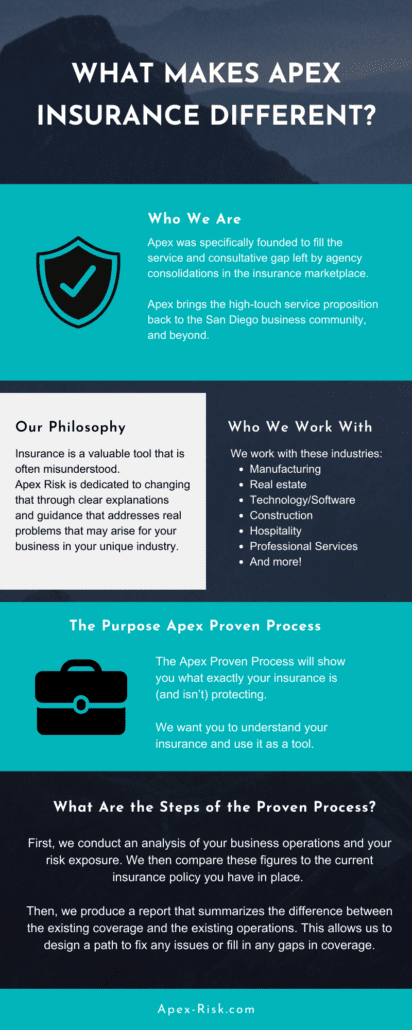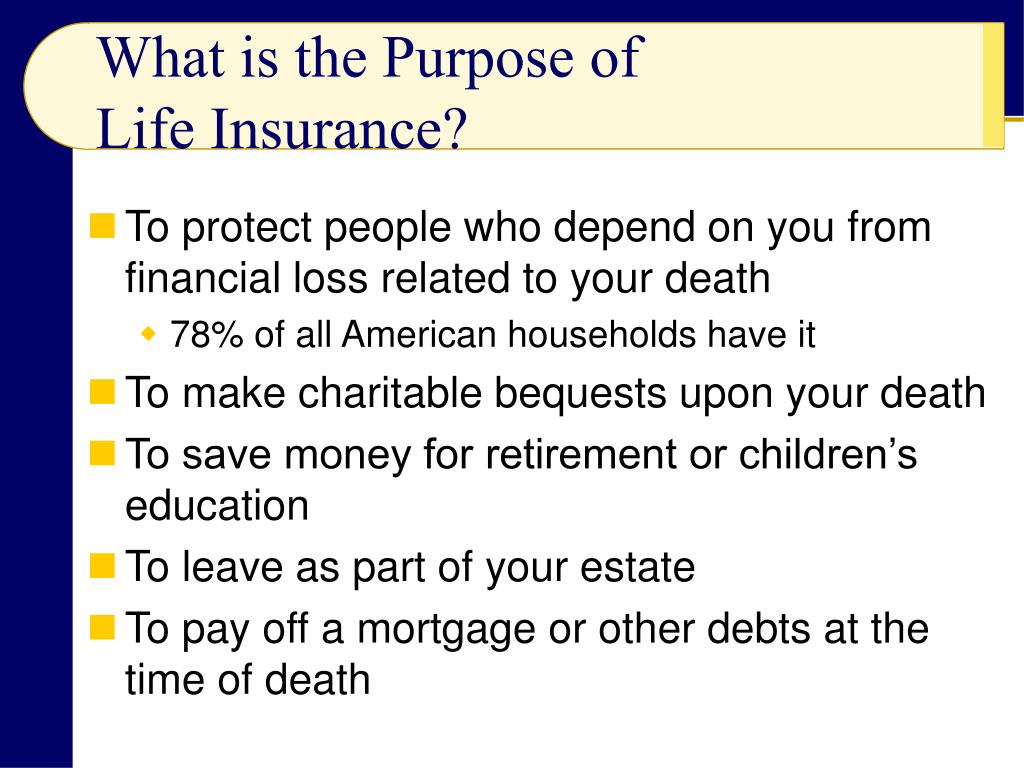Some Ideas on Pacific Prime You Need To Know
Some Ideas on Pacific Prime You Need To Know
Blog Article
7 Simple Techniques For Pacific Prime
Table of ContentsThe Definitive Guide for Pacific PrimeHow Pacific Prime can Save You Time, Stress, and Money.Some Of Pacific PrimeAn Unbiased View of Pacific Prime
In many states, the insurance company is called for to send you a duplicate of the modifications to your policy. It is necessary that you read Endorsements or Riders so you recognize just how your policy has changed and if the plan is still ample to satisfy your requirements. To obtain a duplicate of your insurance plan, please contact your insurance representative or business.
The Institute of Medicine (IOM) Board on the Repercussions of Uninsurance launches an extended exam of evidence that addresses the value of health insurance coverage with the magazine of this report. Insurance coverage Issues is the first in a collection of six records that will certainly be issued over the following two years recording the truth and consequences of having actually an estimated 40 million individuals in the USA without health insurance policy coverage.

How Pacific Prime can Save You Time, Stress, and Money.
The goal of this series of studies is to refocus plan focus on a historical problem. Following the lengthiest financial development in American background, in 1999, an approximated one out of every six Americans32 million adults under the age of 65 and greater than 10 million childrenremains uninsured (Mills, 2000).

10 percent of the populace represent 70 percent of healthcare expenditures, a connection that has actually continued to be consistent over the previous 3 years (Berk and Monheit, 2001) - international health insurance. Thus health and wellness insurance coverage proceeds to offer the function of spreading out danger also as it significantly finances routine care. From the perspective of healthcare providers, insurance brought by their people aids safeguard a profits stream, and neighborhoods gain from financially viable and stable healthcare practitioners and institutions
Government provides wellness insurance policy to populaces whom the personal market may not offer properly, such as handicapped and elderly individuals, and populaces whose access to health treatment is socially valued, such as kids and expectant females. The supreme ends of health insurance policy protection for the private and communities, consisting of work environment communities of staff members and companies, are improved wellness results and lifestyle.
Get This Report on Pacific Prime
Workers rate health and wellness insurance first without a doubt in significance amongst all the benefits provided in the office (Salisbury, 2001). Although there have been substantial financial investments of individual and public funds to offer wellness insurance, lots of people still have no protection. Despite substantial coverage of survey findings and healthcare study results, the public remains baffled and mistaken concerning Americans without health insurance policy and the implications of doing not have protection.

Without question, the intricacy of American healthcare funding devices and the wealth of sources of information contribute to the general public's complication and suspicion regarding wellness insurance statistics and their interpretation. This report and those that will follow objective to distill and offer in readily reasonable terms the considerable research study that bears upon questions of health insurance coverage and its importance.
Fifty-seven percent of Americans polled in 1999 thought that those without medical insurance are "able to obtain the care they require from medical professionals and medical facilities" (Blendon et al., 1999, p. 207). In 1993, Related Site when national interest was concentrated on the problems of the uninsured and on pending wellness treatment regulations, just 43 percent of those polled held this idea (Blendon et al., 1999).

They also obtain less preventative solutions and are much less most likely to have regular look after chronic problems such as high blood pressure and diabetic issues. Chronic conditions can bring about pricey and disabling complications if they are not well taken care of (Lurie et al., 1984; Lurie et al., 1986; Ayanian et al., 2000). One national study asked more than 3,400 grownups concerning 15 highly significant or dark problems.
Little Known Questions About Pacific Prime.
Added proof is presented later on in this chapter in the conversation of insurance coverage and access to health care. https://giphy.com/channel/pacificpr1me. People without health insurance policy are young and healthy and balanced and pick to go without protection. Practically half (43 percent) of those checked in 2000 thought that people without medical insurance are more probable to have illness than people with insurance policy
Voters and policy manufacturers in focus group conversations identify those without insurance coverage as young individuals that have the chance to be covered and feel they do not require it (Concierge Novelli, 2001). Compared to those with a minimum of some exclusive insurance coverage, the uninsured are less likely to report remaining in excellent or excellent wellness (Agency for Healthcare Research Study and Top Quality, 2001).
RESOURCE: Center for Expense and Funding Studies, Agency for Health Care Study and Top quality, based on MEPS data. Young person between 19 and 34 are much more likely to do not have medical insurance than any other age. This is mainly due to the fact that they are much less frequently eligible for employment-based insurance coverage because of the nature of their work or their brief period in it.
The perception that people without insurance coverage have better-than-average wellness complies with from puzzling the relatively young age profile of the uninsured with the better health, on average, of more youthful individuals. This covers the link in between wellness condition and health and wellness insurance coverage. For those without access to workplace health insurance, inadequate wellness is a potential obstacle to buying nongroup protection because such coverage might be extremely priced, leave out pre-existing conditions, or be simply unavailable.
Report this page